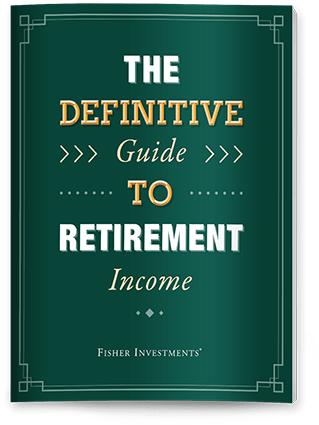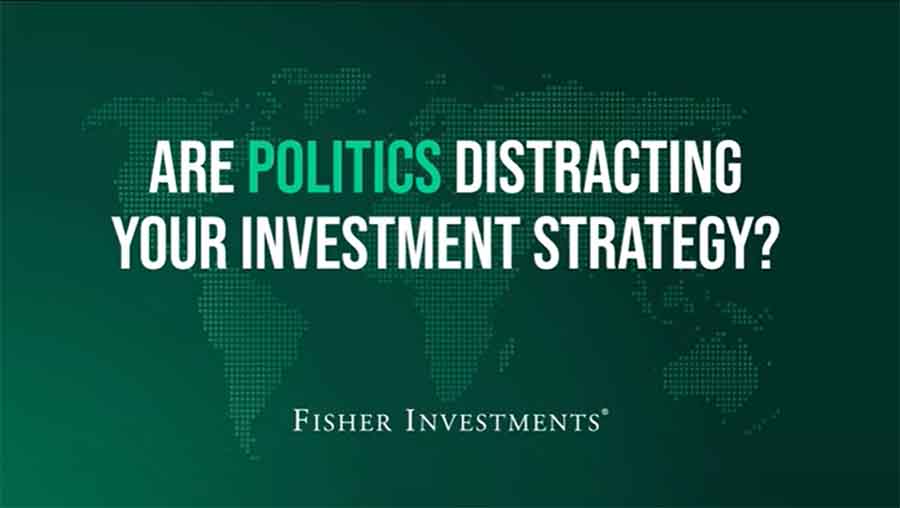Personal Wealth Management / Financial Planning
Investing Isn’t Collecting, Private Equity Edition
Why an “own everything” investment approach is counterproductive.
Private equity ETFs are reportedly on their way to a retail investment platform near you, exciting those who think the masses have been missing out on a big opportunity. Many believe individual investors should dabble in the space—arguing diversification means owning a little bit of everything because, hey, “you never know.” But we see many issues with this approach, which can lead investors down an unproductive path.
In a nutshell, owning some of everything is neither a strategy nor diversification. That probably sounds weird, so let us define our terms. In our view, strategy means having an asset allocation (the blend of stocks, bonds and other securities) designed to reach your goals and needs over your investment time horizon. Key to this: a benchmark whose components work together to provide the return and volatility characteristics required to help finance your goals and needs. This “road map” informs what to include in your portfolio, so selecting that benchmark is tantamount to selecting a strategy.
Diversification means spreading your assets within each component of your strategy to mitigate risk and maximize your opportunity set. Within each asset class, owning categories with different correlations reduces volatility risk. Because you could always be wrong in investing, diversification reduces the likelihood any one sector, style or single country derails your portfolio. This can help investors reach their goals with fewer bumps over the long term. In practice, if you own stocks and bonds, the latter aren’t there for diversification. They are there to serve a specific role as part of your strategy: reduce expected short-term volatility relative to an all-stock portfolio. You would still need to diversify within stocks (e.g., owning US and non-US equities) and bonds (e.g., Treasurys, investment grade corporate bonds, etc.).
Yet some people never think about this at all, instead opting for a collect ‘em all approach. Friends, this isn’t a strategy or great way to diversify. Let’s say your portfolio holds stocks, bonds, commodities, gold, crypto, real estate and a little private equity. On paper, your portfolio looks diversified because you own many things. But there is nothing strategic about it. Do you know which asset class or classes will generate the returns you need? Without a blueprint or guiding light, this approach is tantamount to throwing darts in the dark with no rhyme or reason—it is the opposite of selecting asset classes based on their proven ability to fulfill certain roles, be it long-term growth or swinging less.
Think through some other conundrums and conflicts. Say you are considering owning several asset classes in hopes it will reduce volatility risk. But if those assets have histories of relatively higher volatility, you may end up increasing your portfolio’s bounciness. Stocks are cyclical. But so are commodities, on steroids. How does that help you manage expected risk and return? Gold has more short-term wiggles than stocks, and like commodities, prices move most on short-term sentiment swings—impossible to predict. So what realistic role does it have from a strategic, goal-oriented standpoint? Or take crypto. It often moves like stocks, on even stronger steroids. This spring, it hasn’t dampened stocks’ volatility at all.[i]
Moreover, you can own all these assets and still not be diversified. If you own several asset classes but your stocks are concentrated in one country/style/sector, your stock portfolio is probably too narrow and prone to diverge wildly from the market, making your path to your goals less smooth and predictable. Or, if your bond allocation is entirely in a single Treasury or corporate issue—or only municipal bonds perhaps—you are locked into a specific yield/duration/bond type without regard to opportunities in other bond types. Even just spreading your investments out across all the different equity categories in arbitrary weights, as many are wont to do, can hamper returns badly. A portfolio with equal weightings of small value, midcap and large growth is likely to underperform when one of those styles is leading—and leadership can last for years. Besides, the allocations are usually random, arbitrary percentages. How do you know if enough is enough … or too much?
What about the notion of owning many assets in the case one booms? In our view, owning something because it might deliver big returns can carry a high opportunity cost (the value of the opportunity you give up in exchange to do something else), which can hurt your portfolio’s long-term growth. For example, what if you lock up your funds in an illiquid private market investment during a period when public markets were strong and outperformed? You missed out on that growth.
Checking asset class boxes may also lead to overlooking potential drawbacks and factors that might make them a poor fit for your actual goals. Take an exchange traded fund (ETF) offering exposure to private equity and/or private credit. This may sound like an appealing way to invest in private markets, especially since ETFs trade daily, making them easy to buy and sell. But the market is just guessing at daily valuation since official valuations are still infrequent (e.g., quarterly or even annually). Private equity and credit funds usually require long time commitments and limit redemption, making the holdings pretty illiquid. This creates a mismatch between the liquidity of the security itself and the securities it represents—which can lead to problems when volatility spikes and investors rush to redeem at once. Redemption requests exceeding cash on hand could result in redemption gates, as happened infamously with UK commercial real estate funds after the Brexit vote.
That isn’t assured, of course, considering an ETF can trade from buyer to seller without affecting the underlying holdings. But this is still a risk worth weighing, and such mismatches have hit funds in similar scenarios in Britain in recent years. According to a recent Morningstar rough estimate, if an ETF had to reduce the private credit in its portfolio by 20 percentage points (from 35% to 15%), it would take up to seven days to execute (assuming no inflows or outflows).[ii] Logistically, that may mean a regular retail investor wouldn’t be able to liquidate and get their cash back quickly—problematic if that person needed their funds to meet an unexpected expense. Some funds try to prevent this by having large cash buffers, but that limits returns. As always, there is no free lunch.
We aren’t inherently against specific asset classes. But owning them without much thought into how they fit in your investing strategy can be counterproductive, even damaging, in our view.
If you would like to contact the editors responsible for this article, please message MarketMinder directly.
*The content contained in this article represents only the opinions and viewpoints of the Fisher Investments editorial staff.
Get a weekly roundup of our market insights
Sign up for our weekly e-mail newsletter.

See Our Investment Guides
The world of investing can seem like a giant maze. Fisher Investments has developed several informational and educational guides tackling a variety of investing topics.





